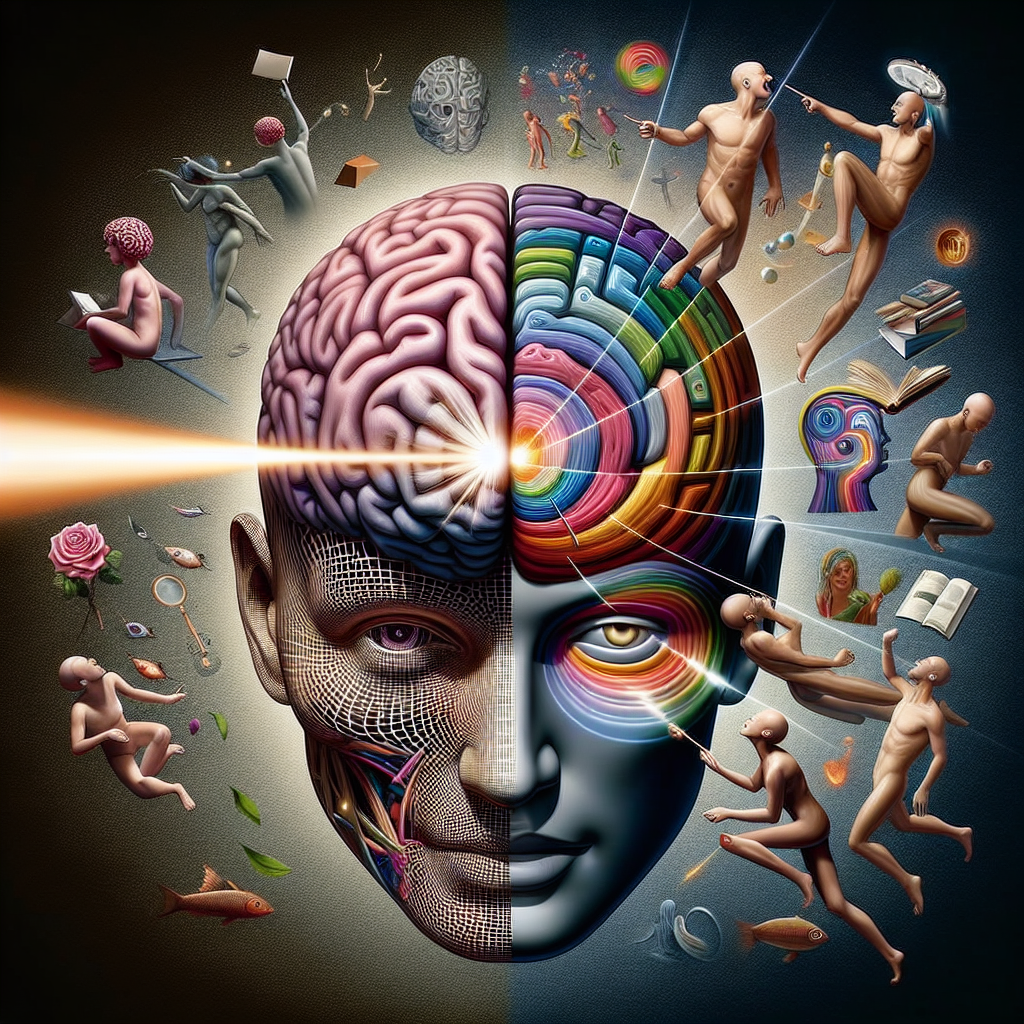The Visual Mind: How Visualization Affects Brain Function and Behavior
Visualization is a powerful tool that can have a significant impact on brain function and behavior. The visual mind, or the ability to mentally picture images and scenarios, plays a crucial role in various cognitive processes such as memory, problem-solving, and decision-making.
Research has shown that when we visualize something, our brain activates the same neural pathways as when we actually experience that thing in real life. This means that the act of visualization can help strengthen these neural connections and improve our cognitive abilities. For example, athletes often use visualization techniques to mentally rehearse their performance, which has been shown to enhance their skills and boost their confidence.
Furthermore, visualization can also have a profound effect on our emotions and behavior. Studies have found that imagining positive outcomes can help reduce stress and anxiety, while visualizing negative scenarios can increase feelings of fear and worry. By harnessing the power of visualization, we can train our minds to focus on positive thoughts and emotions, leading to a more optimistic outlook on life.
In addition, visualization can be a helpful tool in achieving goals and making positive changes in our lives. By creating mental images of our desired outcomes, we can stay motivated and focused on our objectives. Visualizing success can also help overcome obstacles and setbacks, as it reinforces our belief in our abilities and resilience.
To incorporate visualization into your daily routine, consider setting aside time each day to practice visualizing your goals and aspirations. You can use techniques such as guided imagery, where you imagine yourself in a peaceful and relaxing setting, or create a vision board to visually represent your dreams and aspirations. By making visualization a regular practice, you can harness the power of your visual mind to enhance your brain function and behavior.


